Although dogs do not require vegetables, seeds and nuts, and fruits for essential nutrients, adding plant ingredients to a raw diet does prove beneficial. Dogs lack the jaw structure to grind plant matter and the salivary enzymes to begin carbohydrate digestion in the mouth. Therefore, all produce ingredients must be prepared properly for optimal digestion and nutrient absorption.
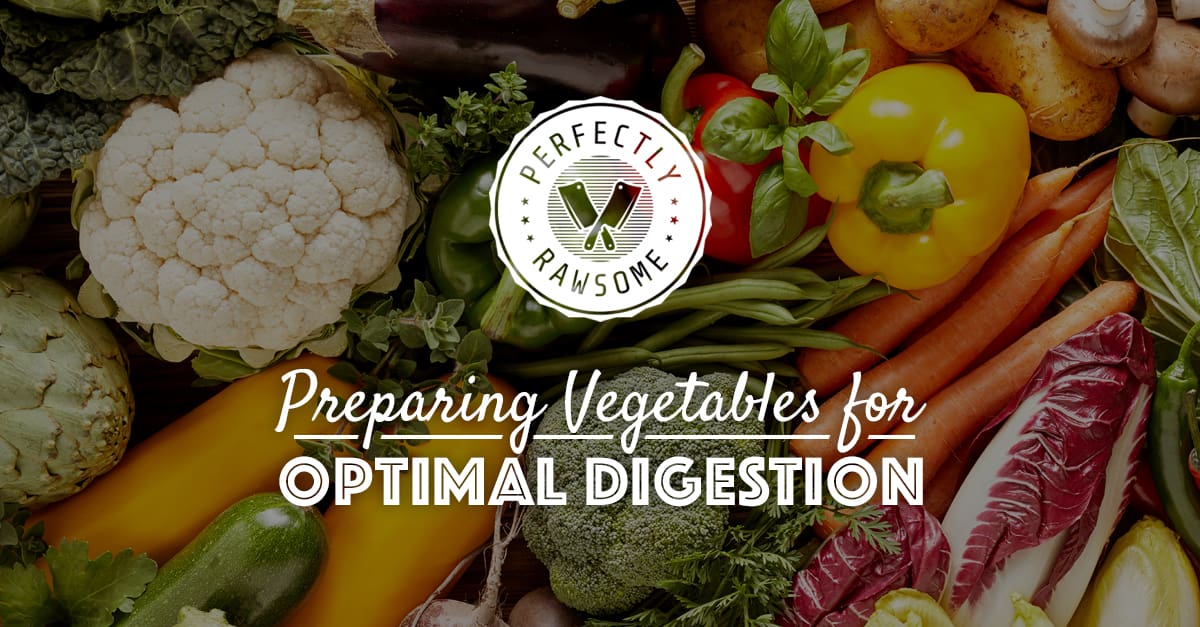
When feeding vegetables it is important to prepare the items properly in order for the dog to digest and absorb the nutrients. Leafy, fibrous vegetables should be pureed, fermented, or lightly steamed for optimal nutrient absorption. Starchy vegetables must be fully cooked. There are many low glycemic and starchy vegetable options to choose from.
Puree Raw
A vegetable puree is an easy way to prepare low glycemic, leafy greens for dogs. The blend can then be stored in containers for scoop and feed, or it can be portioned into frozen serving sizes or meal containers.
Low Glycemic Vegetables
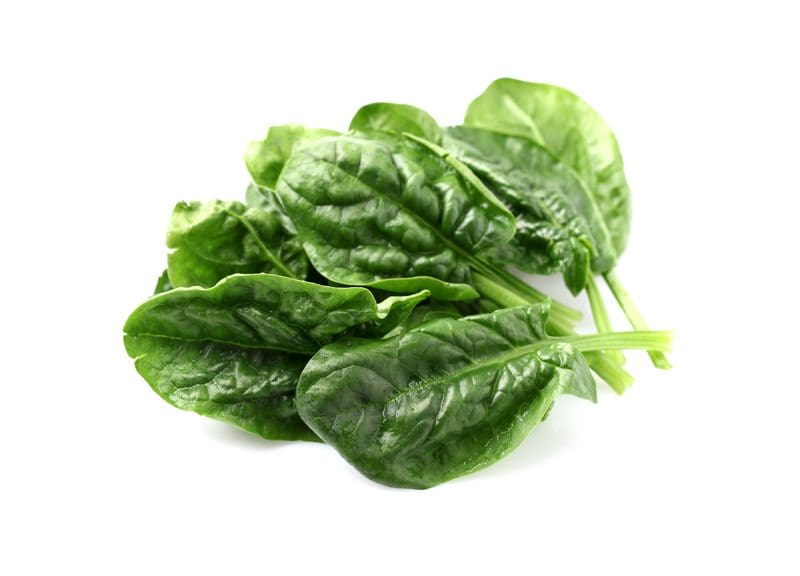
Spinach
Macronutrients
The amount of carbohydrates, fiber, and sugars are based on 3.5oz (100g).
| Carbohydrate | 3.63% |
| Fiber | 2.2% |
| Sugar | 0.42% |
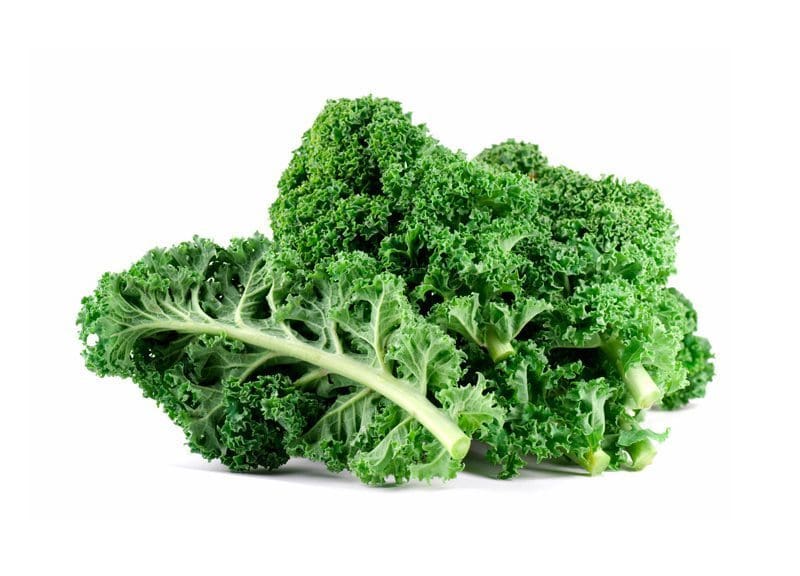
Kale
Macronutrients
The amount of carbohydrates, fiber, and sugars are based on 3.5oz (100g).
| Carbohydrate | 4.42% |
| Fiber | 4.1% |
| Sugar | 0.99% |
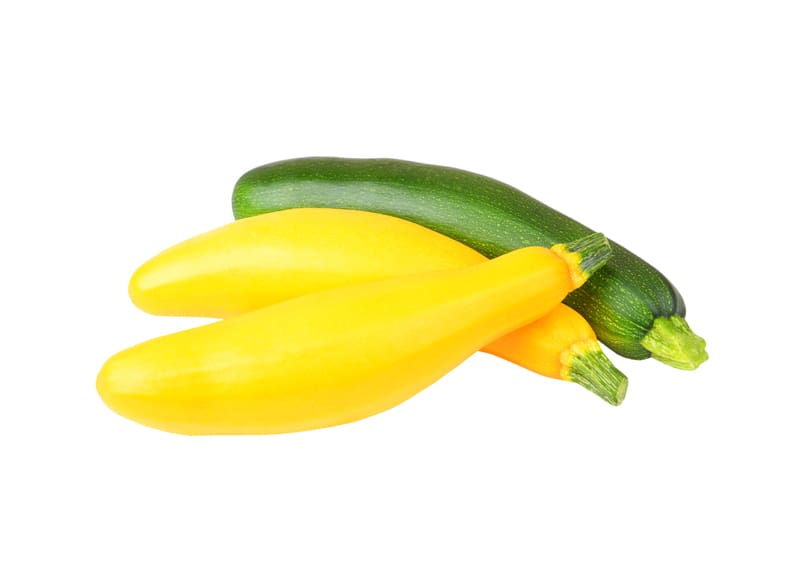
Summer Squash
Macronutrients
The amount of carbohydrates, fiber, and sugars are based on 3.5oz (100g).
| Carbohydrate | 3.11% |
| Fiber | 1.00% |
| Sugar | 2.50% |
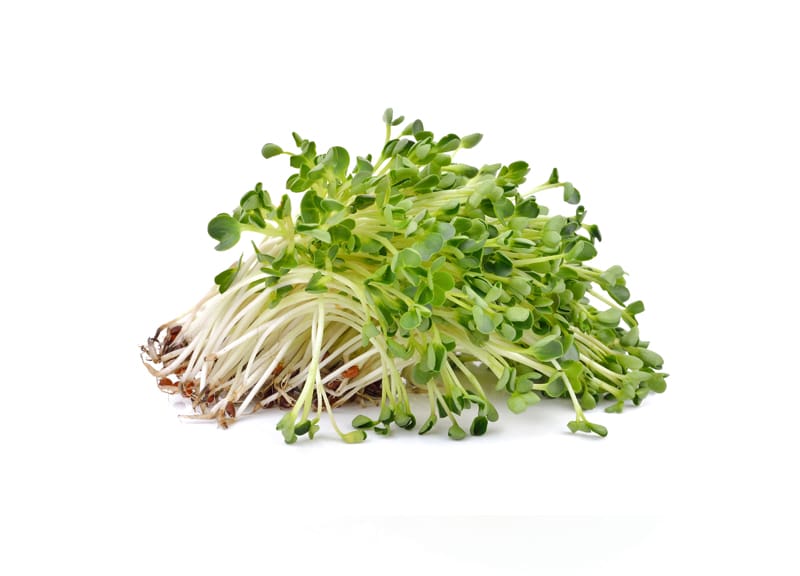
Sprouts (Microgreens)
Macronutrients
The amount of carbohydrates, fiber, and sugars are based on 3.5oz (100g).
| Carbohydrate | 2.10% |
| Fiber | 1.90% |
| Sugar | 0.20% |
“Veggie Cubes”
Silicone molds or ice cube trays are excellent methods for frozen cubes which provide an easy prep option. Many raw feeders use silicone paw print or bone molds.
Steam, Bake, or Boil
Starchy vegetables must be fully cooked before feeding in order for dogs absorb the nutrients and glucose for energy. Various methods can be used to cook starchy vegetables. Baking, boiling, or steaming are three options for cooking starchy vegetables. The method selected does not matter as long as the vegetable is thoroughly cooked prior to feeding.
Starchy Vegetables
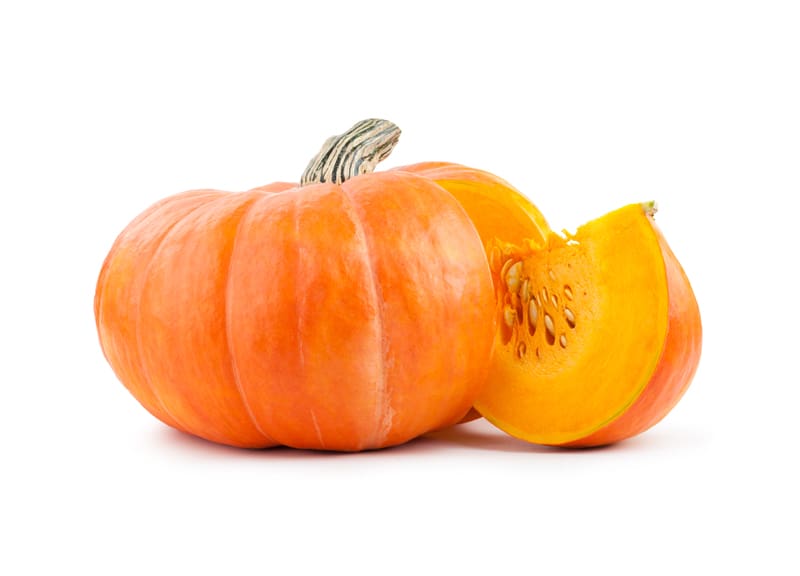
Pumpkin
Macronutrients
The amount of carbohydrates, fiber, and sugars are based on 3.5oz (100g).
| Carbohydrate | 4.90% |
| Fiber | 1.1% |
| Sugar | 2.08% |

Carrots
Macronutrients
The amount of carbohydrates, fiber, and sugars are based on 3.5oz (100g).
| Carbohydrate | 8.22% |
| Fiber | 3.00% |
| Sugar | 3.45% |
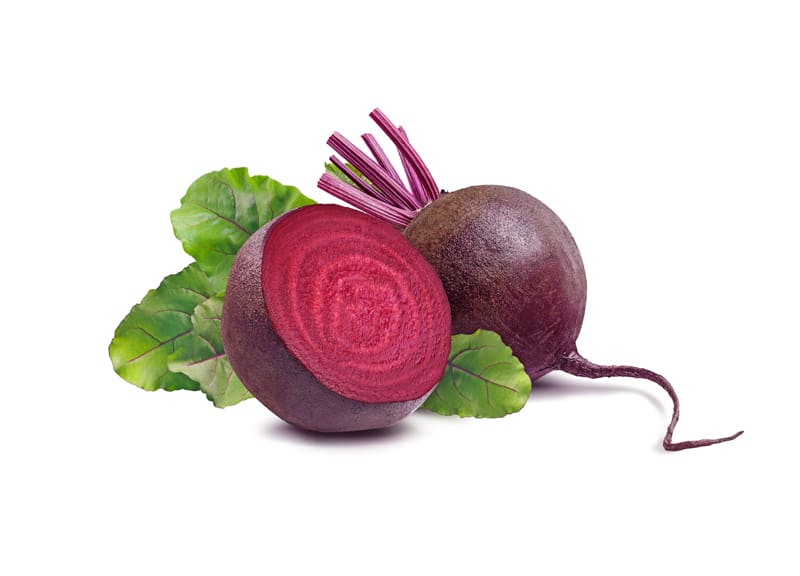
Beets
Macronutrients
The amount of carbohydrates, fiber, and sugars are based on 3.5oz (100g).
| Carbohydrate | 9.96% |
| Fiber | 2.00% |
| Sugar | 7.96% |
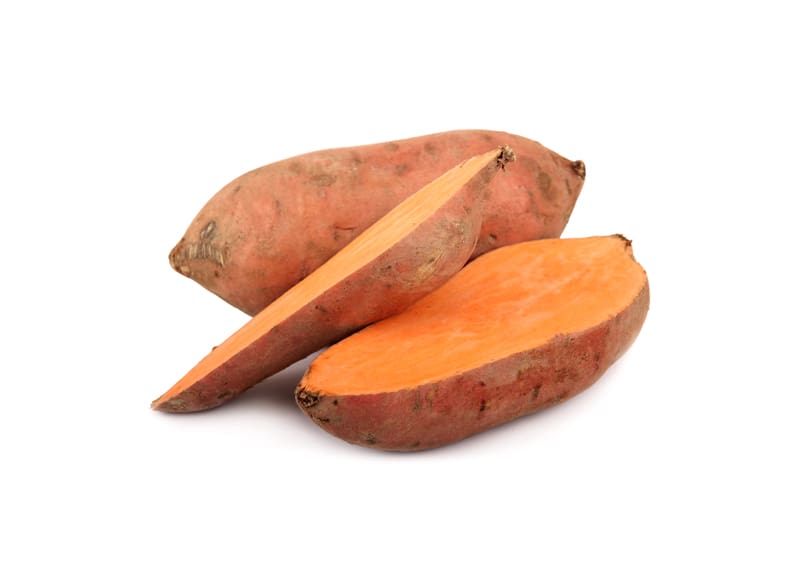
Sweet Potato
Macronutrients
The amount of carbohydrates, fiber, and sugars are based on 3.5oz (100g).
| Carbohydrate | 17.72% |
| Fiber | 2.50% |
| Sugar | 5.74% |
Fermentation
Fermented foods are a way to provide naturally occurring probiotics through fresh food versus commercial supplements. Fermented vegetables provide soil-based probiotics and digestive enzymes jam-packed into the “predigested” plant material.
Create a Dog Safe Ferment
Dogs not only benefit from beneficial bacteria that support healthy gut flora, but the act of fermenting makes the nutrients within the plant material more bioavailable to these carnivores.
Clean & Process Vegetables
Thoroughly rinse, chop, and separate all of the vegetables.
Salt Massage the Vegetables
Massage the vegetables with salt and allow the vegetables to sit for 5 minutes to produce its own brine. Use 5 grams of Pink Himalayan or Celtic Sea Salt (the salt is necessary and cannot be eliminated) per pound of cleaned vegetables.
Place Vegetables in Jars
Smash the vegetables into a glass jar. Be sure to keep the vegetables packed in the jar as tight as possible. Be sure to leave at least a 4-inch headspace.
Additional Brine
If the salted vegetables did not make enough brine, mix a separate brine. The brine will need to be 2% brine using Pink Himalayan or Celtic Sea Salt. To create a 2% brine, use 19 grams or 1 tablespoon of salt. Pour the brine into the jar on top of the smashed veggies until it completely covers them by 1-inch. There should be at least a 1-inch headspace to allow for overflow.
Add A Weight
Add a weight to keep the contents submerged. An easy option is to use a rock, sterilize it, and wrap it in plastic wrapping. Place in the jar on top of the vegetables to keep them submerged. Everything must stay below the brine to prevent mold growth.
Begin Fermentation
Cover the jar and place on the countertop. Burp the jar twice a day and wait for at least 2 to 3 weeks before moving to the fridge and feeding.
Fermenting Notes
Fermenting vegetables requires patience and some homework to understand the process. Below are some additional notes about creating vegetable ferments for dogs.
Ingredient Selection
When selecting ingredients for a dog safe ferment, cabbage must be included in the mixture. Leafy greens are very low in available carbohydrates, which makes them suitable for canine consumption. However, they do not provide enough carbohydrates to support the fermentation process. This is why cabbage is necessary – out of all the greens, cabbage provides just the right amount of carbs to support the fermenting process without being too high in carbs.
Mold Growth
If there is any white, green, blue, black, or grey fuzz growth – it is mold! Unfortunately it is necessary to throw the entire batch away. It cannot be salvaged once mold is present in the ferment.
Yeast Growth
Kahm Yeast is a fungus that can grow on top of ferments, which is completely harmless. It is white and looks like a wrinkled white bed sheet. This happens when too much oxygen is circulating in the ferment.
Fermented Vegetable Smell
Do not be alarmed by how the veggies smell when burping the jar. They release gas, which smells a lot like farts. This is normal.
Feeding Recommendations
When feeding ferments to dogs, start slow with a small portion and gradually increase.
Fermenting Resources
Fermentation has been around for many years and is a natural way to preserve vegetables as well as “pre-digest” the plant ingredients for dogs. Below are additional resources to learn more about fermentation.
CLOSING COMMENTS
Processing vegetables for optimal digestion ensures that the most benefit is being received from the ingredients. Without proper preparation, vegetables will bypass enzymatic digestion and the nutrients will not be absorbed in this process.
The general rule of thumb is that low glycemic, non-starchy vegetables can be pureed raw, without any additional cooking. However, all starchy vegetables should be thoroughly cooked prior to feeding. Lastly, fermenting vegetables is a further step which provides beneficial probiotics!
